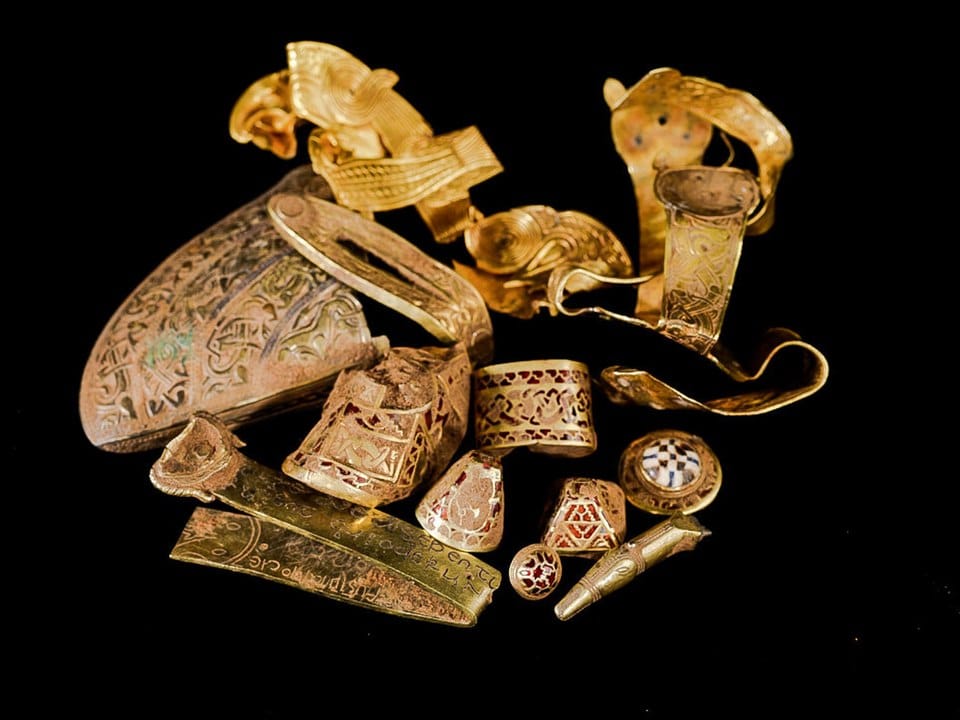
Helen of Troy has been one of the most prominent figures of ancient Greek mythology for millennia.
In this magical and intriguing world of Greek mythology, the birth of Helen of Troy is a story with which not many people are familiar. It combines supernatural intervention with the humble affairs of the mortals, as most other Greek mythological stories do.
Therefore, Helen, known as the individual who launched a thousand ships on her behalf, has a birth story as compelling as her involvement in the famous Trojan War.
This particular ancient Greek tale has inspired innumerable painters and writers for centuries, providing us with a unique perspective on the relationship between mortals and immortals, as well as useful insight into the ancient Greek psyche and beliefs of the people at the time in regard to birth.
The story of the birth of Helen of Troy according to Greek mythology
Helen was the child of Leda, the queen of Sparta, and her husband, King Tyndareus. The spicy details of this story, however, lie in that Tyndareus did not actually father Helen. Instead, her father is Zeus, the legendary king of the gods.
According to legend, Zeus fell in love with Leda and her impeccable beauty, deciding to disguise himself by turning into a swan to attract her attention and entice her. This particular interaction in Zeus‘ life has been the focus of numerous beautiful works of art and literature.
The unusual story and mythological tale definitely add significant depth to Helen’s character, distinguishing her from all other mortals.

The fact that Zeus was her real father places her in a completely different position, as she is presented both as a divine figure and a mortal woman.
While her beauty was legendary—often considered as the cause of the Trojan War itself—her birth origins as an egg hatched by Leda endow her with a truly mystical even eccentric nature that has captivated lovers of ancient Greek mythology throughout the centuries.
There are multiple versions of the story of Helen’s birth, as there is no tale set in stone when it comes to Greek mythology. According to some versions of the story of Helen’s birth, the egg that brought her to life was laid by Nemesis, the goddess of punishment against hubris, rather than Leda. However, the most well-known one is that which describes how Leda brought Helen into this world.
In the alternative versions of the story, Zeus actively pursues Nemesis. As a result, she had to turn into many different species to avoid him before finally taking on the appearance of a goose.
Zeus followed suit as a swan, resulting in their coupling and subsequent laying of the egg given to Leda.

Helen in art
The myth of Leda and the Swan has been a popular theme in Renaissance art, with several works depicting the heavenly seduction by the king of the gods.
Artists such as Leonardo da Vinci tried to depict the beauty of this myth. Leonardo da Vinci created two pieces about Leda and the Swan, possibly between 1503 and 1510.

Additionally, there are several drawings by him, as well as oil copies, particularly of the second composition, where Leda stands, giving us a good look into Da Vinci’s reinterpretation of the story.
The abduction of Helen by Paris is frequently cited as a cause for the conflict between Greece and Troy and the consequent Trojan War.
However, it is this tale of Helen’s birth that explains a lot about her fate and lays the foundations for her inescapable beauty and power over both men and gods.


